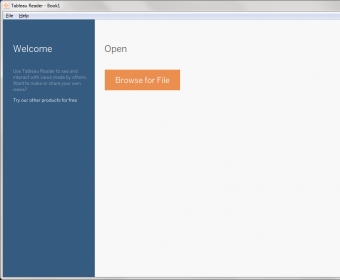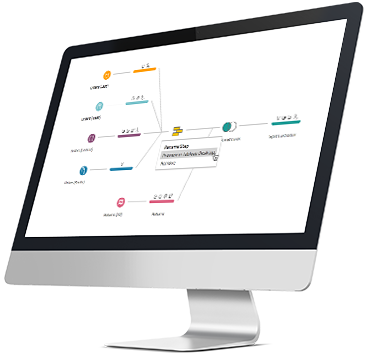

- #Tableau reader latest version android
- #Tableau reader latest version software
- #Tableau reader latest version download
- #Tableau reader latest version free
#Tableau reader latest version android
Tableau is equipped to ingest large volumes of data and delivers models on Windows, Macs, iOS and Android devices. One of the strengths of Tableau is that it also seamlessly integrates with Slack and has a variety of other connectors designed for data science, business applications and other tasks.
#Tableau reader latest version software
As a result, the BI software connects and integrates with Salesforce at a deep level. Another advantage of Tableau is that it’s part of Salesforce. The application connects to a vast array of data sources, including Microsoft Excel, SQL Server, Google BigQuery, Snowflake, SAP HANA, Salesforce, Splunk and Amazon Redshift.įurthermore, Tableau is equally adept at grabbing data from all the major players in the cloud-based data storage space, including Google Drive, Microsoft OneDrive, Dropbox and Box. It’s no accident that Tableau has emerged as a leading data analytics solution. On the upside, the platform integrates with upwards of 150 cloud SQL, e-commerce and digital advertising platforms. Importing this data into GDS may also require additional steps or software. Google Data Cloud also doesn’t always play nicely with other vendor’s cloud data. Importing them requires additional steps and manipulation, including converting them to a Google Sheet document or a CSV file. For instance, the platform does not natively support Microsoft Excel files. However, using the platform with other software and tools can present challenges – including the need to rely on third party connectors and integration tools, sometimes available at an additional cost.
-ca.-1925.jpg)

Native support for many of its own data formats makes GDS a natural choice for organizations that rely on Google Cloud and various other Google apps. It’s no surprise that Google Data Studio works best with Google software, tools and systems, including BigQuery, Google Analytics and Firebase. Depending on your organization’s IT framework, your budget and how it approaches BI and analytics, either Google Data Studio and Tableau may stand out.Īlso see: Top Business Intelligence Software Google Data Studio vs. Sorting through the various options – along with strengths and weaknesses – is critical. However, there are also key differences in these data analytics applications. GDS and Tableau are two of the key tools used as data analytics trends reshape business. Clearly, as businesses focus on digital transformation, this ability to mine data for knowledge and guidance is critical.īoth Google Data Studio and Tableau offer attractive dashboards with rich graphics, and they’re both adept at ingesting, manipulating and processing data. You cannot create visualization in Tableau Reader.Google Data Studio and Tableau are both packed with data analytics features and business intelligence capabilities that help organizations gain insights – and innovate.
#Tableau reader latest version free
If your data has access restrictions you will need to use Tableau Desktop, Tableau Server or Tableau Online.Ī free desktop application that you can use to open and interact with data visualizations built in Tableau Desktop.
#Tableau reader latest version download
Tableau Public is not secure and anyone can access the data and download it. It allows anyone to publish interactive data visualization to the web. The software is installed on company hardware.įunctions similar to Tableau Server, but hardware and server is maintained by Tableau outside the company firewall. When a dashboard is uploaded to the Tableau Server from Tableau Desktop, other users can access those Dashboards by logging on Tableau Servers.

The dashboards you create are shared with others using Tableau Server. All the visualizations are developed in the Tableau Desktop interface. Here is a summary of the available Tableau products. Tableau is a software tool used for creating data visualizations, dashboarding, and data discovery.


 0 kommentar(er)
0 kommentar(er)
